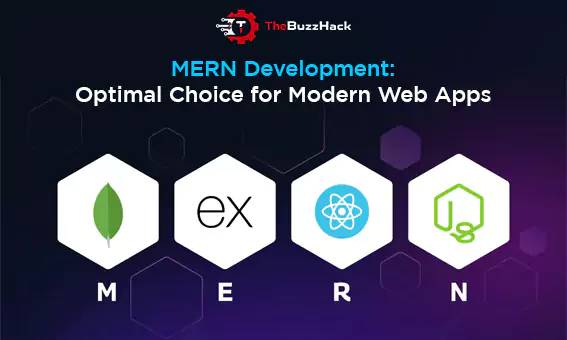
Future Trends in Wearable Software Development: A Comprehensive Guide
In the rapidly advancing realm of technology, wearable software development has emerged as a pivotal force, with tech companies vying to seamlessly integrate these devices into our daily lives. As technology endeavors to become the central hub for all aspects of our existence, this article delves into the current landscape, potential opportunities, challenges, and the future trajectory of wearable software development.
Unveiling Wearable Software Development
Recent years have witnessed a surge in the popularity of wearable technology, encompassing an array of devices ranging from smartwatches and fitness trackers to virtual reality headsets and smart clothing. These innovations have revolutionized our interaction with technology, creating avenues for developers to craft innovative and immersive experiences.
Wearable software development involves the creation and implementation of applications specifically tailored for wearable devices. The broad spectrum of wearable technology, including smartwatches, fitness trackers, and augmented reality glasses, has opened doors for developers to explore diverse functionalities. From health and fitness tracking to productivity tools and augmented reality experiences, the possibilities are vast.
Key Technologies in Wearable Software Development
The tools driving wearable software development are diverse and dynamic, catering to the unique features and limitations of wearable devices. Some common technologies include:
- Software Development Kits (SDKs): These toolkits equip developers with the essential tools, libraries, and documentation required to create applications for specific wearable platforms. For instance, Apple’s WatchKit SDK empowers developers to build apps for the Apple Watch.
- Sensors and APIs: Wearable devices are embedded with various sensors such as heart rate monitors, accelerometers, and GPS modules. Developers harness sensor data through application programming interfaces (APIs) to monitor health metrics, analyze user activity, and create interactive experiences.
- Cloud Connectivity: Wearables often rely on cloud connectivity for data synchronization, complex computations, and access to additional services. Cloud-based solutions facilitate seamless integration between wearable devices and other platforms, enhancing overall user experience.
The Evolution of Wearable Technology
Wearable technology has evolved significantly, seamlessly blending into our daily routines and becoming integral to our lives. Wearable app development services by experts, exemplified by Purgesoft’s contributions, have played a pivotal role in this journey.
The success of wearables lies in their ability to collect and analyze data, providing users with personalized experiences and valuable insights. Wearable software development is the linchpin, creating applications, firmware, and interfaces tailored to the unique form factors and functionalities of these devices.
Future Opportunities in Wearable Software Development
The field of wearable software development continues to evolve, presenting exciting prospects for developers. Key areas of impact include:
- Health and Fitness: Wearables have transformed how we monitor health and fitness, with the potential for future advancements to enhance the accuracy and usefulness of health-related data.
- Augmented Reality (AR) and Virtual Reality (VR): AR glasses and VR headsets offer immersive experiences, with wearable software playing a pivotal role in creating engaging content, seamless interactions, and realistic simulations.
- Smart Clothing and Accessories: Integration of technology into clothing and accessories presents limitless possibilities, and wearable software development will be crucial in bringing these futuristic concepts to life.
- Personalized Experiences: Wearable software leverages user data to provide highly personalized experiences, from customized notifications to tailored recommendations, enhancing user interactions in unprecedented ways.
Challenges and Considerations in Wearable Software Development
While the future of wearable software development is promising, developers must navigate challenges such as limited resources, small form factors, data privacy, security concerns, and interoperability issues. Understanding these considerations is crucial for crafting effective and user-friendly applications.
In conclusion, wearable software development stands at the forefront of technological innovation, offering immense potential. As wearables become ingrained in our lives, developers embracing the challenges of this field will shape the future of technology and human-computer interaction. The journey into wearable software development holds endless possibilities—strapping on creativity is the key to unlocking this exciting frontier.
For those considering wearable app development services, consulting with experts at Purgesoft can provide the top-notch solutions needed to embark on this transformative journey. Wearable software development is not just about technology; it’s about opening doors to a world of endless possibilities.
Read More: Optimizing IoT App Development with Machine Learning Strategies


